Will Teeth Restoration Treatments Affect the Natural Appearance and Function of My Teeth?
In the ever-evolving field of dental care, teeth restoration treatments have gained significant popularity, promising to not only restore decayed or damaged teeth but also enhance their aesthetic appeal. For many considering these treatments, there's a lingering question: Will these procedures affect the natural appearance and function of my teeth? In the U.S., where cosmetic dentistry is on the rise, understanding the implications of these treatments is crucial. Dentistry Toothtruth offers insights into how these treatments integrate with natural dental aesthetics and function.
The Core Benefits of Teeth Restoration Treatments
The primary goal of teeth restoration treatments is to repair and restore the natural function of teeth that have been damaged due to decay, trauma, or other factors. These procedures include fillings, crowns, bridges, and implants, each designed to replicate the feel and function of natural teeth. For instance, dental fillings use materials like composite resins that closely mimic the color and texture of natural enamel, ensuring that the repaired tooth blends seamlessly with the rest of your smile. Not only do these restorations provide structural support, but they also help in maintaining the natural function of your teeth, allowing you to bite and chew without discomfort.
Maintaining Aesthetics with Advanced Dental Technology
Advancements in dental technology have significantly improved the aesthetic outcomes of teeth restoration treatments. With digital imaging and 3D printing, dentists can create highly accurate models of your teeth, ensuring that restorations are custom-fit and visually indistinguishable from your natural teeth. Porcelain crowns and veneers are crafted to reflect light similarly to natural enamel, providing a lifelike appearance. According to Dentistry Toothtruth, these advancements have made it easier for patients to achieve a smile that looks natural and feels comfortable.
Functional Integrity: Biting, Chewing, and More
While aesthetics are important, the functional integrity of teeth is paramount. Improperly restored teeth can lead to problems like misalignment, jaw pain, and headaches. However, when performed correctly, restoration treatments preserve and even enhance the natural function of your teeth. For example, dental implants, often recommended for missing teeth, integrate with the jawbone to provide a solid foundation akin to natural tooth roots. This not only maintains natural facial structure but also ensures that all teeth work harmoniously, preventing unnecessary strain on your jaw.
Balancing the New with the Natural
There's often a concern about the introduction of foreign materials into the body through dental restorations. Yet, materials used, such as biocompatible metals and ceramics, are designed to be safe and durable. According to Dentistry Toothtruth, when these treatments are planned with a focus on harmonizing with the existing oral environment, patients experience minimal disruption to the natural balance of their mouths. It is crucial for individuals to consult with experienced dental professionals who can tailor restorations to individual needs and conditions.
Cosmetic Enhancement vs. Natural Preservation
There is a fine line between enhancing and preserving the natural beauty of your teeth. Some patients seek teeth restoration primarily for cosmetic reasons, such as correcting discoloration or gaps. While these enhancements can significantly boost confidence and self-esteem, Dentistry Toothtruth emphasizes that the fundamental aim should always be natural preservation. Prioritizing tooth preservation guarantees that while the appearance might be enhanced, the health and function of the teeth remain uncompromised.
Conclusion: Making Informed Decisions
In summary, teeth restoration treatments, when executed thoughtfully, do not only preserve but often improve the natural appearance and function of teeth. By working with professional dentists at Dentistry Toothtruth, patients can ensure that their treatments are aesthetically pleasing and functionally effective. It’s important to discuss your expectations, understand potential outcomes, and choose a treatment path that prioritizes the natural integrity and health of your teeth. Schedule a consultation today to discuss how modern restoration techniques can align with your dental health goals.

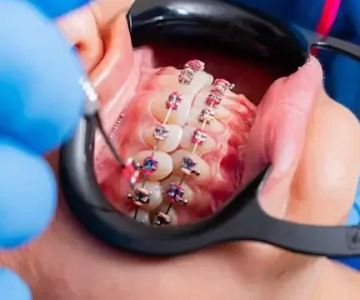
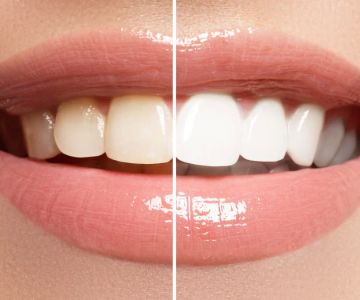
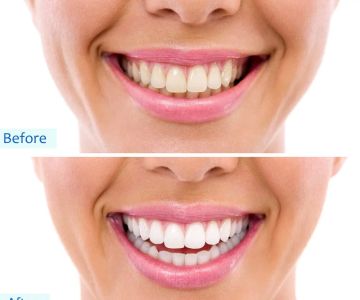
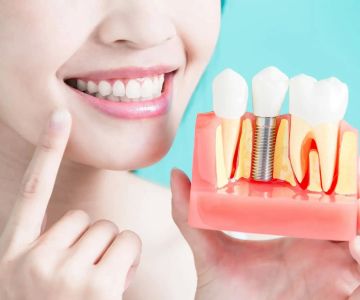
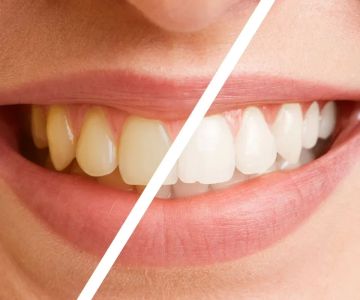

 Westgate Dental Arts
Westgate Dental Arts Coventry Family Dental
Coventry Family Dental Familia Dental
Familia Dental Dr. Daniel S. Fife, DDS
Dr. Daniel S. Fife, DDS Dentistry At Suburban Square: Michael I. Wollock, DMD
Dentistry At Suburban Square: Michael I. Wollock, DMD Comfort Care Dental
Comfort Care Dental The Importance of Oral Health Education During Pregnancy for a Healthy Pregnancy
The Importance of Oral Health Education During Pregnancy for a Healthy Pregnancy Why Skipping Dental Checkups Can Lead to Bigger Oral Health Problems
Why Skipping Dental Checkups Can Lead to Bigger Oral Health Problems Advantages of Porcelain Dental Restorations
Advantages of Porcelain Dental Restorations Best Tips for Brushing Your Teeth Properly for Healthy Gums: Essential Techniques for Oral Health
Best Tips for Brushing Your Teeth Properly for Healthy Gums: Essential Techniques for Oral Health How Can Diabetes Cause Tooth and Gum Problems? Preventing and Managing Oral Health Issues
How Can Diabetes Cause Tooth and Gum Problems? Preventing and Managing Oral Health Issues Healthy Habits for Promoting Good Oral Health and Hygiene: Tips for a Healthy Smile
Healthy Habits for Promoting Good Oral Health and Hygiene: Tips for a Healthy Smile